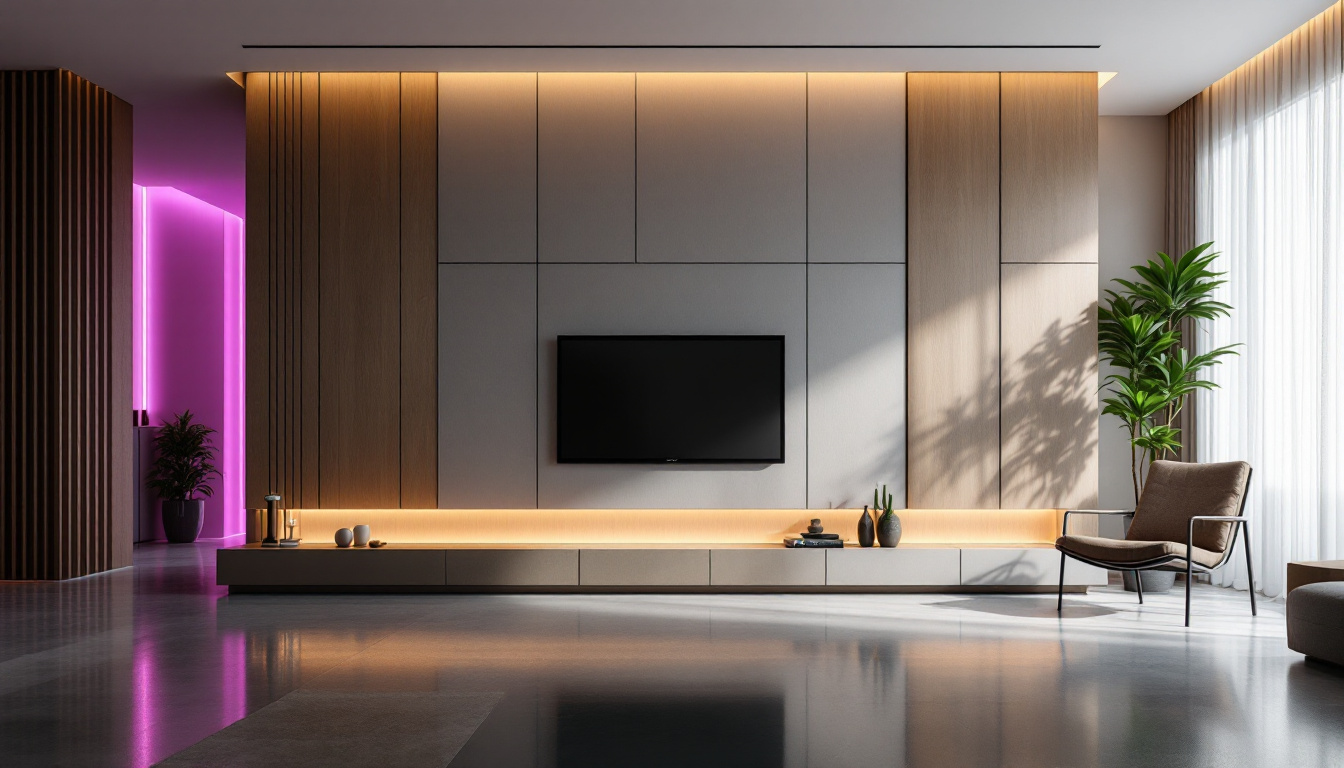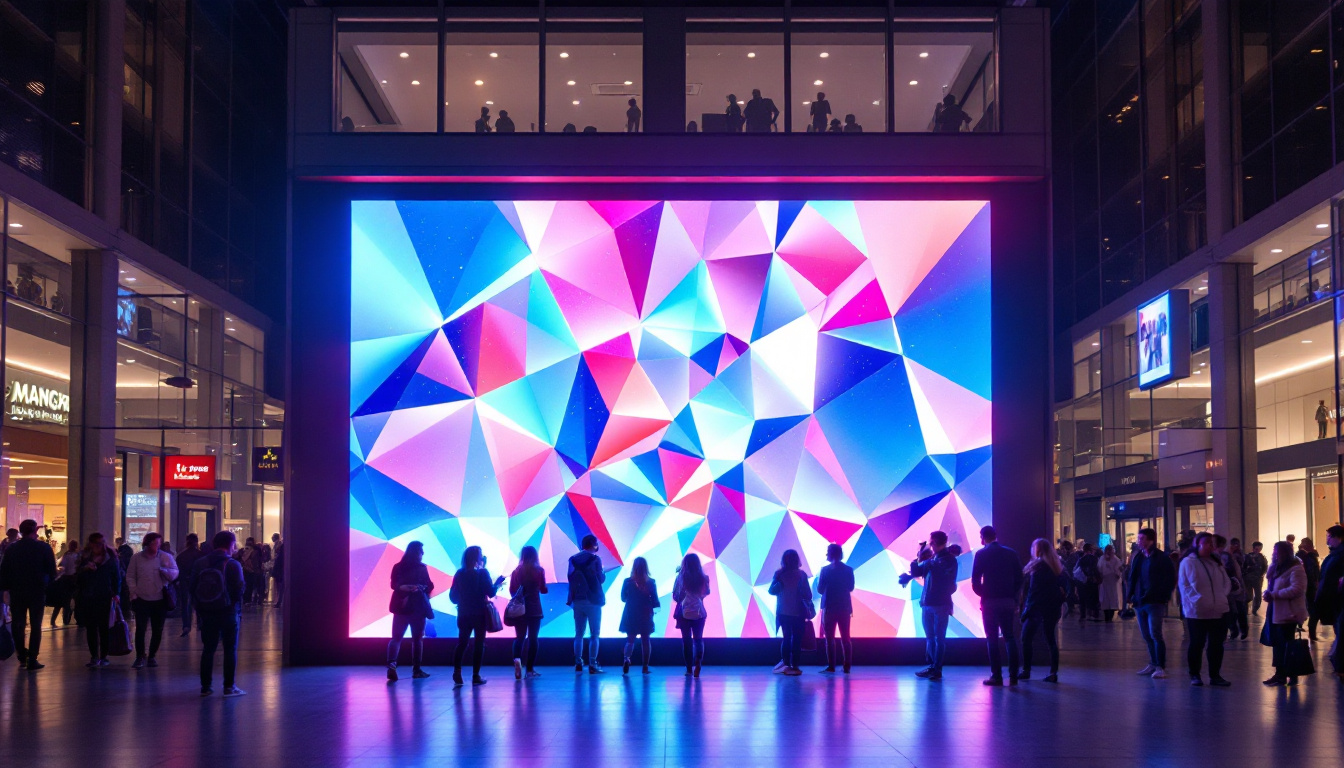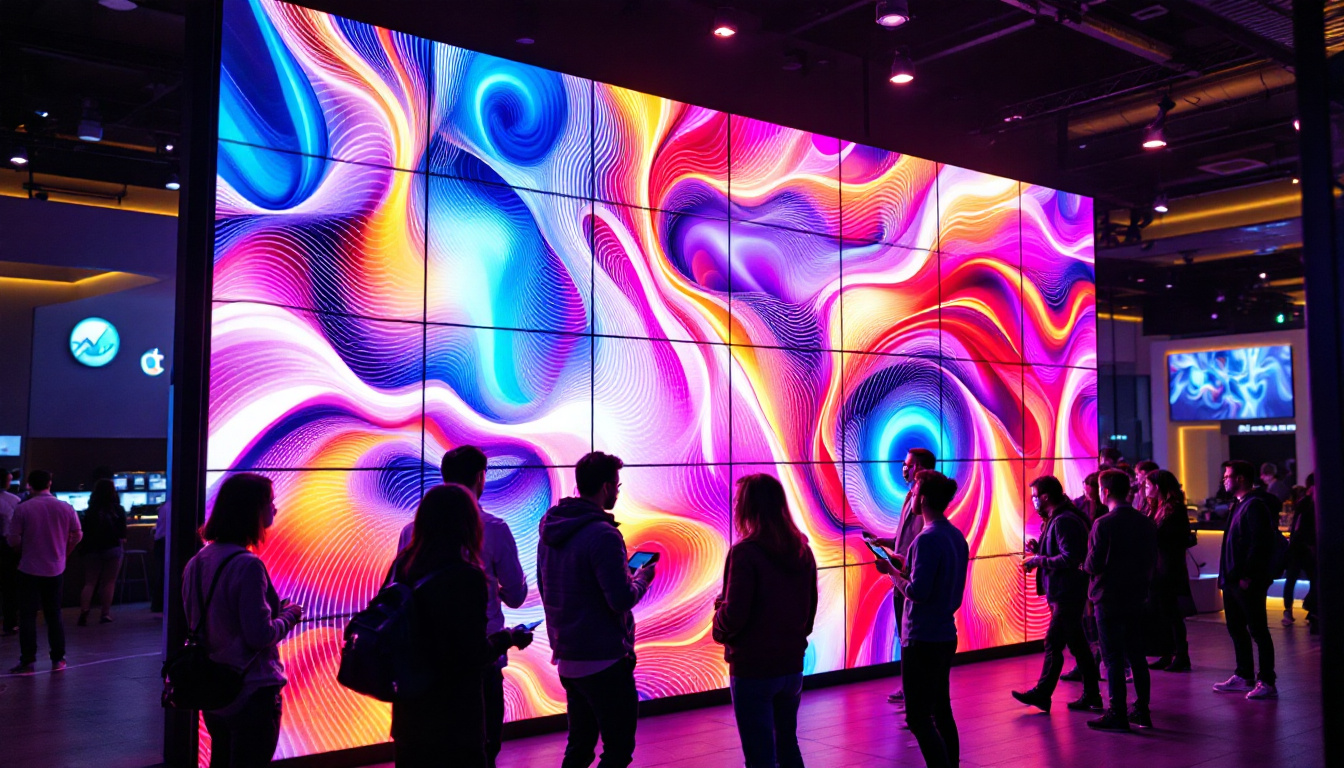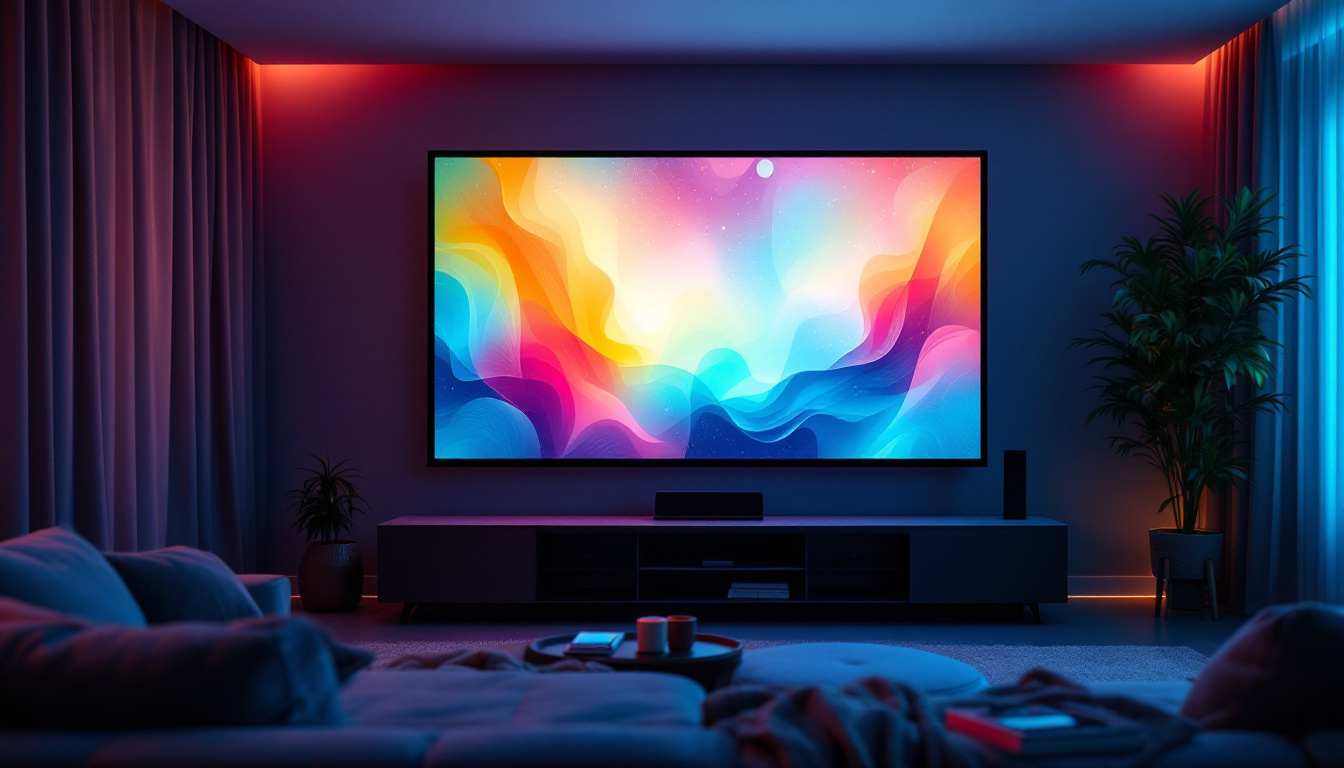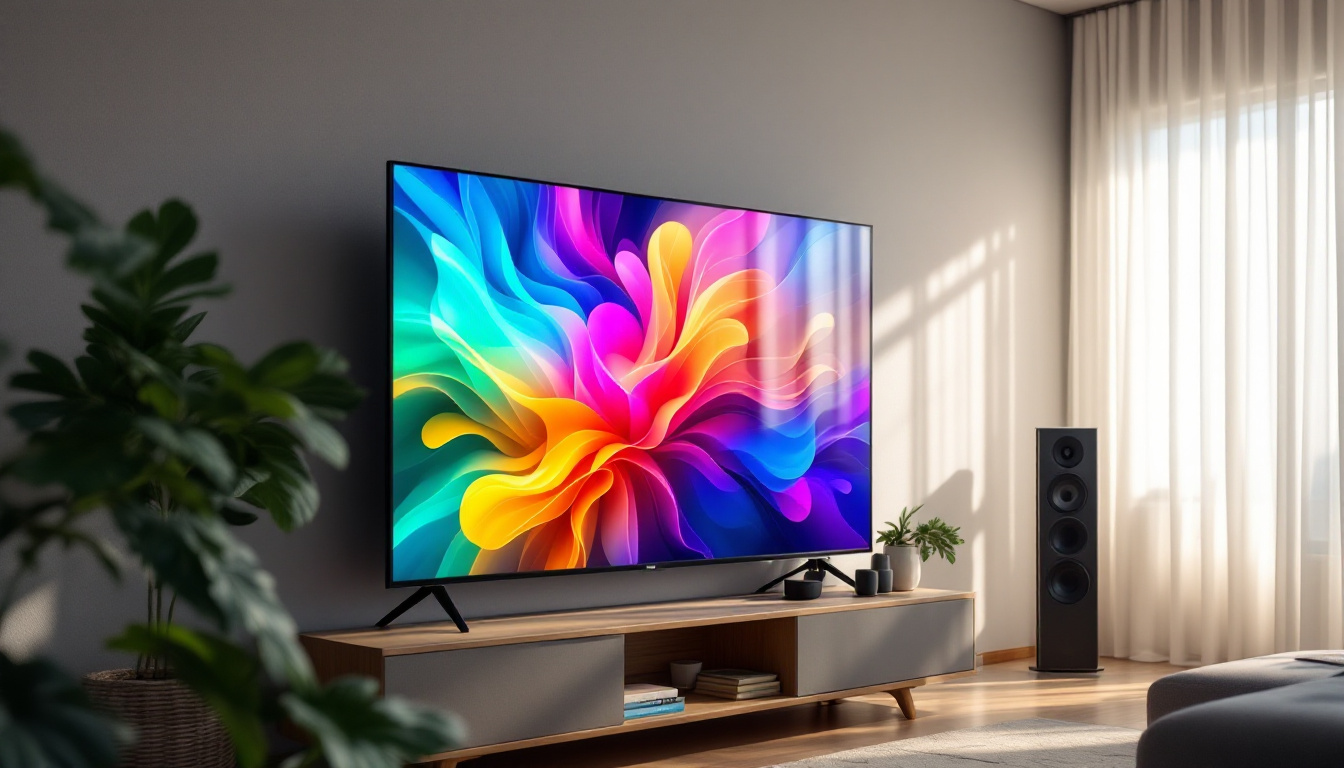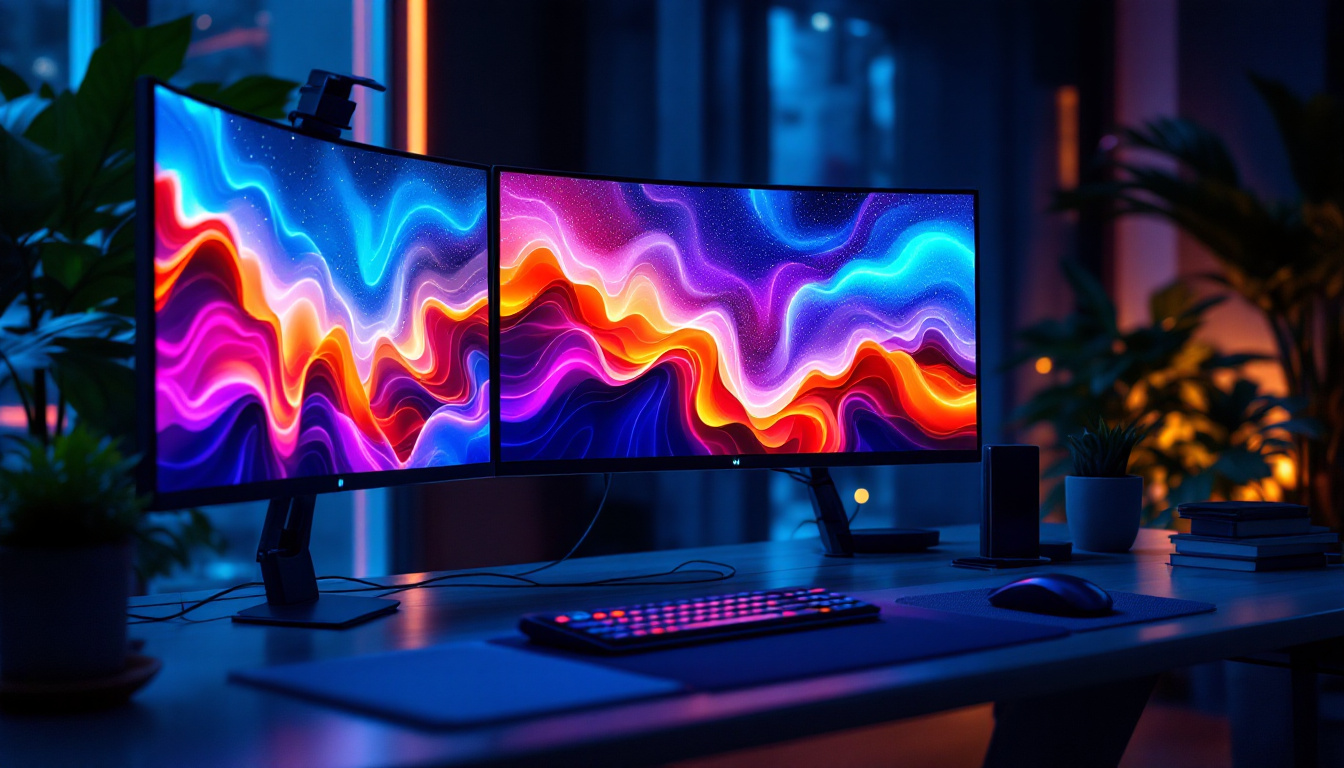The evolution of display technology has taken a remarkable turn with the introduction of OLED transparent monitors. These innovative devices not only enhance visual experiences but also redefine how we interact with screens in our daily lives. This article delves into the intricacies of OLED transparent monitors, exploring their functionality, benefits, and potential applications.
Understanding OLED Technology
Organic Light Emitting Diode (OLED) technology has revolutionized the display industry by providing superior image quality, vibrant colors, and deeper blacks compared to traditional LCDs. Unlike LCDs that require a backlight, OLED displays emit their own light, allowing for thinner and more flexible designs. This flexibility has opened the door to innovative applications, such as curved and foldable screens, which are becoming increasingly popular in smartphones and televisions. As manufacturers continue to push the boundaries of design, OLED technology remains at the forefront of visual advancements.
How OLED Works
At the core of OLED technology are organic compounds that emit light when an electric current is applied. Each pixel in an OLED display consists of red, green, and blue sub-pixels, which can be controlled independently. This capability allows for precise color reproduction and contrast ratios that are unmatched by other display technologies. The organic materials used in OLEDs are not only efficient but also lightweight, contributing to the overall slim profile of devices. Moreover, advancements in material science are leading to the development of new organic compounds that promise even better performance, longevity, and color accuracy.
Furthermore, the absence of a backlight not only contributes to the sleek design of OLED displays but also enables them to achieve true blacks. When a pixel is turned off, it emits no light, resulting in a perfect black that enhances the overall picture quality. This ability to produce true blacks also plays a crucial role in HDR (High Dynamic Range) content, where the contrast between the darkest and brightest parts of an image is essential for a lifelike viewing experience. As HDR content becomes more prevalent, the advantages of OLED technology become even more pronounced, making it a preferred choice for cinephiles and gamers alike.
Benefits of OLED Displays
OLED displays offer several advantages over traditional display technologies. One of the most notable benefits is their ability to deliver wide viewing angles. Colors remain consistent and vibrant even when viewed from the side, making them ideal for collaborative environments. This characteristic is particularly beneficial in settings such as conference rooms or home theaters, where multiple viewers may be seated at various angles. The immersive experience provided by OLED displays enhances group activities, whether it be watching a movie or presenting a project.
Additionally, OLED technology is energy-efficient. Since individual pixels can be turned on and off, displays consume less power when displaying darker images. This efficiency not only extends battery life in portable devices but also reduces energy costs for larger installations. Furthermore, OLEDs are less prone to motion blur, making them suitable for fast-paced video content, such as sports or action films. As the demand for high-performance displays continues to grow, OLED technology stands out as a sustainable and high-quality option that meets the needs of both consumers and professionals in various fields.
What is a Transparent Monitor?
A transparent monitor is a display that allows users to see through it while still presenting visual content. This technology has gained traction in various fields, from retail to education, due to its unique ability to blend digital information with the physical environment.
The Mechanics of Transparency
Transparent monitors utilize advanced display technologies to achieve their see-through capabilities. By integrating OLED technology with transparent substrates, these monitors can display images while allowing light to pass through. The result is a screen that appears almost invisible when not in use, seamlessly merging digital content with the real world.
This transparency is achieved by carefully balancing the brightness of the displayed content with the ambient light. When the monitor is turned on, it can project images and videos while still allowing viewers to see objects behind the screen, creating an engaging and interactive experience. This unique feature not only enhances visual appeal but also encourages a more immersive interaction between the user and the displayed content, making it a fascinating tool for storytelling and information dissemination.
Applications of Transparent Monitors
The versatility of transparent monitors makes them suitable for a wide range of applications. In retail environments, for example, they can be used to showcase products while allowing customers to see the merchandise behind the screen. This not only enhances the shopping experience but also maximizes the use of space. Retailers can create dynamic displays that change in real-time, providing customers with information about products, promotions, or even interactive advertisements that respond to viewer engagement.
In the field of education, transparent monitors can serve as interactive learning tools. Teachers can display educational content while maintaining visibility of the classroom, fostering engagement and participation among students. The potential for augmented reality applications further expands the possibilities for transparent monitors in various sectors. For instance, in museums, these monitors can overlay historical information onto artifacts, allowing visitors to gain deeper insights without obstructing their view of the exhibits. Furthermore, in corporate environments, transparent monitors can be utilized during presentations to display data and visuals while still allowing the audience to connect with the speaker, creating a more engaging and informative experience.
The Emergence of OLED Transparent Monitors
Combining the advantages of OLED technology with transparency has led to the development of OLED transparent monitors. These displays offer the best of both worlds, providing high-quality visuals while maintaining the ability to see through the screen.
Key Features of OLED Transparent Monitors
OLED transparent monitors boast several key features that set them apart from traditional displays. Their ability to deliver vibrant colors and deep contrasts enhances the visual experience, making them ideal for applications where image quality is paramount.
Moreover, the flexibility of OLED technology allows for innovative designs. Manufacturers can create curved or irregularly shaped transparent monitors that fit seamlessly into various environments, from modern offices to retail spaces.
Challenges and Limitations
Despite their impressive capabilities, OLED transparent monitors face certain challenges. One significant limitation is their brightness level. While OLED displays excel in dark environments, achieving sufficient brightness for outdoor use can be problematic. Manufacturers are continually working on solutions to enhance brightness without compromising transparency.
Additionally, the production cost of OLED transparent monitors remains higher than that of traditional displays. This factor can limit their widespread adoption, especially in cost-sensitive markets. However, as technology advances and manufacturing processes improve, prices are expected to decrease over time.
Comparing OLED Transparent Monitors to Traditional Displays
When evaluating OLED transparent monitors against traditional displays, several factors come into play. Understanding these differences can help consumers and businesses make informed decisions about which technology best suits their needs.
Image Quality
One of the most significant advantages of OLED transparent monitors is their superior image quality. The ability to achieve true blacks and vibrant colors provides a visual experience that traditional LCD or LED displays struggle to match. This quality is particularly beneficial in applications where visual impact is crucial, such as advertising and presentations.
In contrast, traditional displays often rely on backlighting, which can lead to issues with contrast and color accuracy. While advancements in LED technology have improved these aspects, OLED still holds the upper hand in terms of overall picture quality.
Design Flexibility
OLED transparent monitors offer unparalleled design flexibility. Their thin and lightweight nature allows for creative installations that can adapt to various environments. This adaptability is especially valuable in modern architecture and interior design, where aesthetics play a crucial role.
Traditional displays, while available in various sizes and shapes, are often bulkier and less versatile. This limitation can hinder their integration into innovative design concepts, making OLED transparent monitors a more appealing choice for forward-thinking projects.
Future Trends in OLED Transparent Monitors
The future of OLED transparent monitors appears promising, with ongoing advancements in technology and design. As manufacturers continue to innovate, several trends are expected to shape the landscape of transparent displays.
Enhanced Brightness and Durability
One of the primary focus areas for future developments is enhancing the brightness and durability of OLED transparent monitors. Researchers are exploring new materials and technologies to improve the performance of these displays in various lighting conditions, including outdoor environments.
Moreover, increasing the durability of OLED transparent monitors will make them more suitable for a wider range of applications. This enhancement will likely involve developing protective coatings that can withstand environmental factors while maintaining transparency and image quality.
Integration with Augmented Reality
As augmented reality (AR) continues to gain traction, the integration of OLED transparent monitors with AR technology presents exciting possibilities. These displays can serve as interactive interfaces that overlay digital information onto the physical world, creating immersive experiences for users.
In sectors such as gaming, education, and healthcare, the combination of OLED transparent monitors and AR can revolutionize how information is presented and interacted with. This synergy has the potential to enhance learning, improve patient care, and create engaging entertainment experiences.
Conclusion
OLED transparent monitors represent a significant advancement in display technology, merging the benefits of OLED with the unique capabilities of transparency. As the demand for innovative and interactive displays continues to grow, these monitors are poised to play a crucial role in various industries.
While challenges remain, ongoing research and development efforts are likely to address these issues, paving the way for wider adoption of OLED transparent monitors. As technology progresses, the future of displays will undoubtedly be shaped by the exciting possibilities that OLED transparency brings.
In summary, OLED transparent monitors not only enhance visual experiences but also redefine the boundaries of how screens can be utilized in our daily lives. Their potential applications are vast, and as they continue to evolve, they will undoubtedly leave a lasting impact on the world of display technology.
Discover the Future of Display Technology with LumenMatrix
Ready to experience the cutting-edge of visual display? LumenMatrix invites you to explore a world where innovation meets practicality. Our extensive range of LED display solutions, including the groundbreaking OLED Transparent Display, is designed to captivate and engage your audience like never before. From enhancing brand visibility to creating immersive environments, our displays are tailored to elevate your visual communication. Don’t miss out on the opportunity to transform your space. Check out LumenMatrix LED Display Solutions today and step into the future of display technology.



